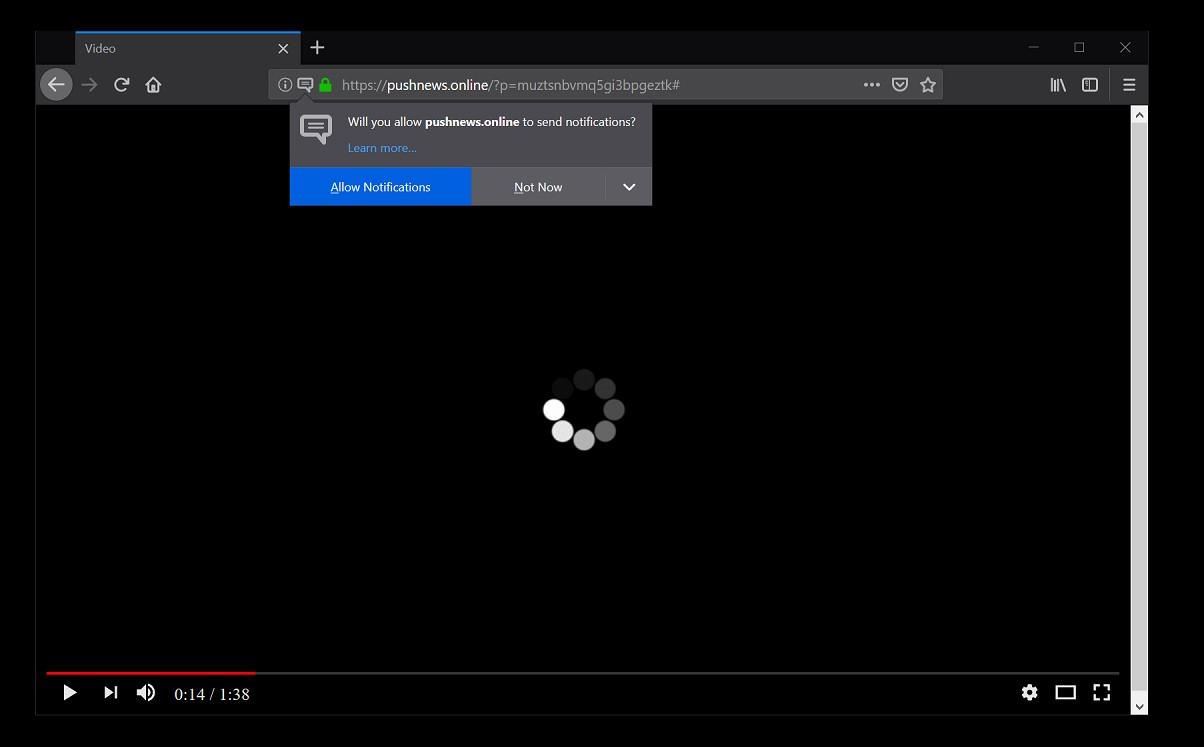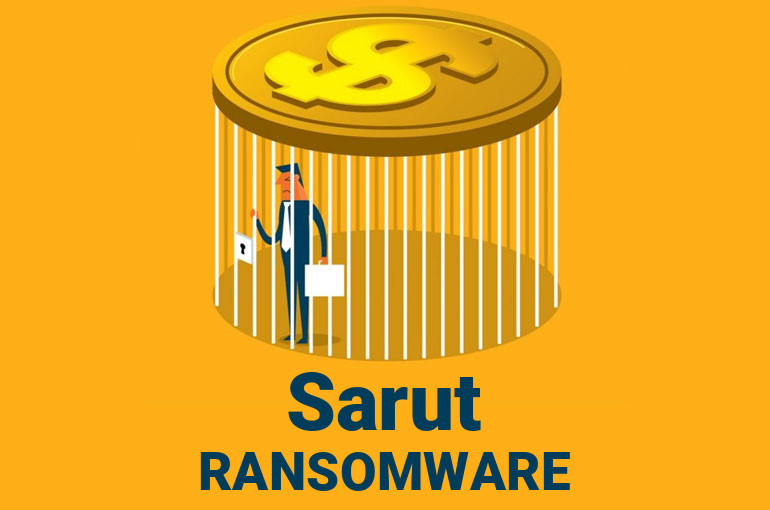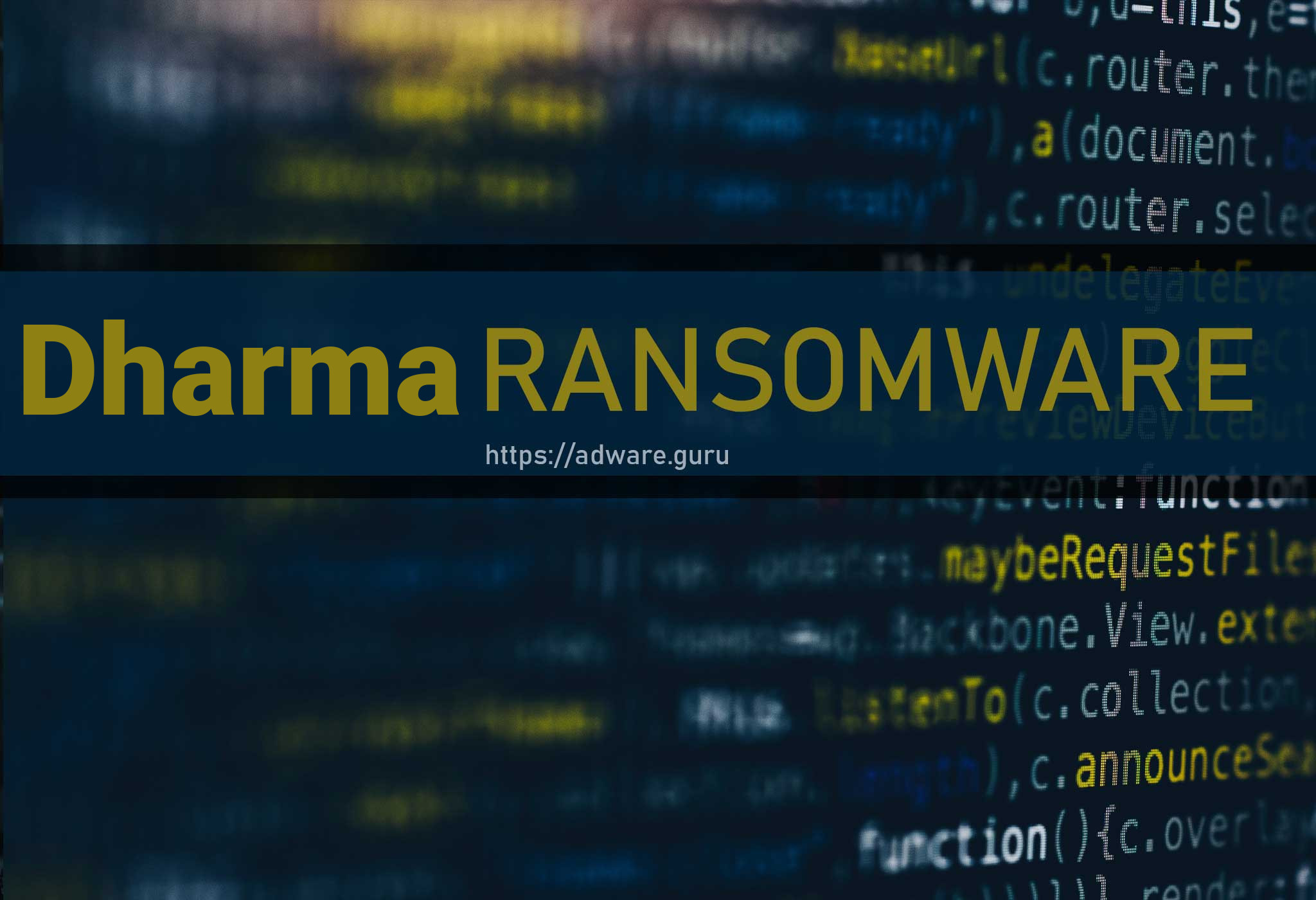Remove Lost_Files Virus (+Decrypt .Lost_Files_Encrypt files)
Lost_Files – General Info
The Lost_Files stands for a ransomware-type infection. Lost_Files was elaborated specifically to encrypt all major file types. As soon as the file is encrypted people are unable to use them. Lost_Files adds the “.Lost_Files_Encrypt” extension for each file encrypted by it. For example, the file “myphoto.jpg“, as soon as encrypted by Lost_Files, will be renamed into “myphoto.jpg.Lost_Files_Encrypt“. As soon as the encryption is finished, Lost_Files places a special text file into every folder containing the encrypted data.The message given by Lost_Files text file requesting for the ransom is absolutely the like the statements given by other ransomware representatives. It literally points out that the information is encrypted which the only way to bring back it is to use a a distinct decryption key. Unfortunately, this is absolutely true. The kind of cryptography mechanism used by Lost_Files is still not correctly examined. Still, it is definitely certain that each victim may be given the specific decryption key, which is absolutely distinct. It is impossible to bring back the files without the key available.
Another technique of Lost_Files is that the victims cannot access to the key. The key is kept on a particular server run by the frauds connected with Lost_Files ransomware. To get the key and recover the important information people need to pay the ransom.
Lost_Files encrypted your documents, but that might not be the only damage done to you. The ransomware might still be hidingon your computer. To identify whether this holds true, we suggest downloading GridinSoft Anti-Malware.
Download GridinSoft Anti-Malware
GridinSoft Anti-Malware Review, How to get free trial?, EULA, and Privacy Policy.
However, irrespective of the requested amount, people must stay away from paying the ransom. Cyber frauds are not fair, so they tend to entirely ignore what their victims feel about the issue, even when the payment reaches their pockets. This is why paying the ransom usually does not give any positive outcome and people simply lose their money for nothing.
We highly advise that you do not contact these crooks and absolutely do not transfer money into their accounts. It is said to admit that there are no utilities able to crack Lost_Files ransomware and to recover the information data totally free. Therefore, the only best decision is to recover the lost information from the available backup.
Virus Summary
| Name | Lost_Files Ransomware |
| File Extension | .Lost_Files_Encrypt |
| Type | Ransomware |
| Short Description | The ransomware encrypts all the data stored on your system and requires a ransom to be paid on your part supposedly to recover your important files. |
| Symptoms | File encryption by the ransomware is performed by means of the AES and RSA encryption algorithms. Once the encryption is completed, the ransomware adds its special Lost_Files_Encrypt extension to all the files modified by it. |
| Distribution Method | Spam Emails, Email Attachments |
| Removal Tool | GridinSoft Anti-Malware |
Bear in mind that the web is now overwhelmed with threats that look comparable to Lost_Files ransomware. Destructive programs of such kind are normally elaborated to encrypt important information and to state the need prior to the user to pay the ransom. The peculiarity of all such ransomware threats is that all apply a similar algorithm to generate the special decryption key for information decryption.
Thus, as long as the ransomware is still being developed or has some hidden bugs, by hand recovering the information is simply not feasible. The only way to prevent the loss of your essential files is to regularly create backups of your important information.
Remember that even if you create such backups, they should be placed into a special storage utility not connect to your main computer. You may use the Memory Stick or external hard drive for this purpose, or refer to the help of the cloud storage. If you store your backup files on your common system they may be encrypted in addition to other files, so it’s definitely not a good storage place.
How did ransomware infect my PC?
There are numerous ways used by online scams to distribute Lost_Files ransomware. Despite the fact that it doubts how exactly Lost_Files injects your computer, there are some leaks through which it may penetrate the system:
- integration with third-party software application, especially freeware;
- spam e-mails from unknown senders;
- sites rendering free hosting services;
- pirated peer-to-peer (P2P) downloads.
Frequently Lost_Files ransomware may exist as some genuine software application, for example, in the pop-ups advising users to execute some essential software updates. This is the common technique used by online scams to persuade people into downloading and installing Lost_Files infection manually, by means of their direct participation in the installation process.
In addition, the criminals may refer to numerous e-mail spam techniques to inject malicious codes into PC. So, they may refer to to sending unsolicited spam e-mails with tricky notices promoting users to download the attachments or click on certain download links, for example, the ones encouraging users to open some photos, files, tax reports or invoices.
Needless to mention, opening such files or clicking on such dangerous links may significantly harm the PC. Fictitious Adobe Flash Player upgrade informs may result in Lost_Files virus injection. As for the cracked applications, these illegally downloaded programs may likewise contain harmful codes causing Lost_Files secret installation. Finally, injection of Lost_Files may occur by means of Trojans that privately get injected into the system and set up harmful tools without the user’s permission.
Is there any method to prevent the injection of Lost_Files ransomware?
Even though there is no 100% guarantee to prevent your system from getting infected, there are some pieces of advice we wish to show with you. First of all, be extremely careful when you surf the web and particularly while downloading complimentary programs. Stay away from opening suspicious email attachments, especially when the sender of the email is not familiar to you.
Keep in mind that some freeware installers may consist of other unwanted utilities in the package, so they may be harmful. Make sure that your current antivirus software and your entire OS is always duly updated.
Obviously, downloading pirated software is prohibited and may result in essential damage to be made for your PC. Thus, stay away from downloading cracked software. You are also strongly recommended to reconsider your existing security software and possibly switch to another security solution that can render much better services of protecting your system.
Below please find the quotation from the Lost_Files text file:
Attention!!! First of all we are terribly sorry to have encrypted your data. Because we are human too and we feel some guilt encrypting your data. We offer that we can help you decrypt it again for a small amount of Bitcoins(BTC). The amount that we need from you is 500 USD that you will transfer to our BTC account. To Get your unique tool to decrypt your files, your need to push the button below and your BTC payment address will show, transfer 500 USD in BTC to that address. After you have transfered the BTC you are going to send an email to our email address(Our email will also get displayed when pushed the button). Where you provide your BTC address of the wallet that you used to send our BTC(If you have other comments, you are welcome to say it)[Also remerber to check your spam inbox for when we send your decryption tool]. We will check it, if you have sent the BTC, you will get your decryption tool. Everything from family memories to the hard work of yours, will be washed down the toilet and it will never return. So it\'s strongly advised that you start paying us for helping you to decrypt it. In the case that you are a little older and don\'t know much about all the computer stuff then you can ask your children or grandchildren. PLEASE Look below for additional information. Needing help to get your BTC? Some resources to get started with BTC: https://coinsutra[dot]com/buy-bitcoin-uk/ https://cryptocurrencytutors[dot]com/getting-started-with-bitcoin/ https://blokt[dot]com/guides/10-best-bitcoin-cryptocurrency-exchanges-2019-proven-safe-exchanges Keep in mind! When you buy BTC you should buy slightly more than 500 USD, just in case the price drops. Also you need it as sending fees which varies at times. So it\'s recommended to buy 510 USD worth of BTC from one of the exchanges. Then again we are sorry for what happened to you, hope you will have better luck next time! :-)
Screenshot of files with “.Lost_Files_Encrypt” extension added by the ransomware:

Use GridinSoft Anti-Malware to remove Lost_Files ransomware from your computer
1.Download GridinSoft Anti-Malware.
You can download GridinSoft Anti-Malware by clicking the button below:
2. Double-click on the setup file.
When setup file has finished downloading, double-click on the setup-antimalware-ag.exe file to install GridinSoft Anti-Malware on your computer.

An User Account Control asking you about to allow GridinSoft Anti-Malware to make changes to your device. So, you should click “Yes” to continue with the installation.

3. Press Install button for run GridinSoft Anti-Malware.
3.Once installed, GridinSoft Anti-Malware will automatically run.
4. Wait for the GridinSoft Anti-Malware scan to complete.
GridinSoft Anti-Malware will automatically start scanning your computer for Win Speedup 2018 and other malicious programs. This process can take a 20-30 minutes, so we suggest you periodically check on the status of the scan process.

5. Click on “Clean Now”.
When the scan has completed, you will see the list of infections that GridinSoft Anti-Malware has detected. To remove them click on the “Clean Now” button in right corner.








